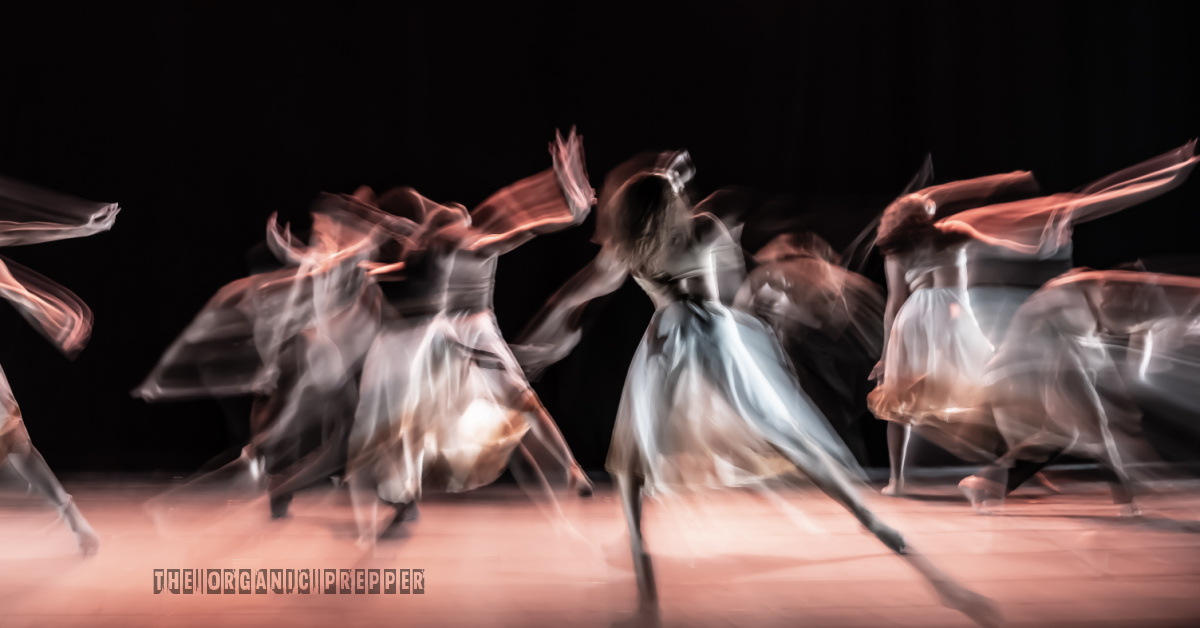
(Psst: The FTC wants me to remind you that this website contains affiliate links. That means if you make a purchase from a link you click on, I might receive a small commission. This does not increase the price you’ll pay for that item nor does it decrease the awesomeness of the item. ~ Daisy)
By Ashley Allen Reade
The interesting yet mind-boggling phenomenon of psychogenic illness, also known as mass hysteria, has happened many times throughout history. From the Salem witch hunts to the McCarthy hearings, what’s real and what’s believed are often diametrically opposite.
Mass hysteria is defined by Dictionary.com:
a condition affecting a group of persons, characterized by excitement or anxiety, irrational behavior or beliefs, or inexplicable symptoms of illness.
Science Direct goes a bit further:
Dissociative and conversion reactions occurring in group situations have received particular attention and special labels. Epidemic hysteria or mass hysteria refers to apparently contagious dissociative phenomena that take place in large groups of people or institutions under conditions of anxiety. Typically, they are described as taking place in schools, where episodes of illness or fainting appear to spread rapidly throughout the school. Clearly, the differential diagnosis is from an epidemic of illness such as viral illness. A classic and controversial example is an episode of acute illness that took place mainly in nurses of the Royal Free Hospital in 1955 during an epidemic of polio. Their symptoms were regarded by some as being evidence of ‘atypical’ polio infection but by others as evidence of mass hysteria (McEvedy & Beard 1970). The controversy remains unresolved to this day.
It’s an interesting phenomenon and one that you might consider when wondering why the world is as it is today.
The Dancing Plague of 1518
One story that may ring familiar is the Dancing Plague of 1518, in which an entire town “caught” an illness. City officials attempted to aid them by making it easier for them to dance – they even hired a band for those who were afflicted. The legend has it that people literally danced until they died.
Watch this.
Tics from TikTok?
The platform TikTok has been notable for its rapid spread and vast influence over young people, which is why a lot of people would like to see it banned. One incident that was linked to the social media outlet was an outbreak of uncontrollable tics. According to Healthline:
In 2011Trusted Source, a few high school girls in Leroy, New York, began to experience a number of motor symptoms, including muscle twitches, facial tics, and altered speech. Before long, others developed the same symptoms. Something similar happened again in 2020 and 2021Trusted Source, when people around the world (mainly girls and women) began to show vocal and motor tic-like behaviors — mostly after watching TikTok videos of people living with tic and movement disorders.
Beliefs can be incredibly powerful and can even alter reality.
Perhaps when a new, potentially harmful trend arises and spreads like wildfire, we should be looking to psychology and history for our answers. Perhaps, then we can find a way to help the people afflicted.
What are your thoughts?
Do you see any similarities in the video to things that are occurring in the world today? How do you feel is the best way to help people suffering from a psychogenic illness? How do you prevent yourself and the ones you love from falling victim?
Let’s discuss it in the comments section.
About Ashley
Ashley Allen Reade is part of a prepping family. She has spent her entire adult life getting prepared for one event or another. She enjoys traveling, gardening, and decorating.
